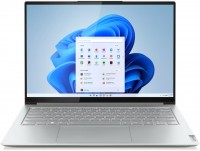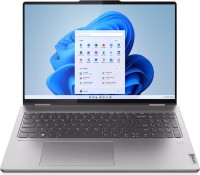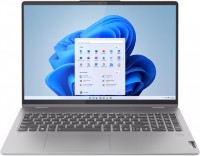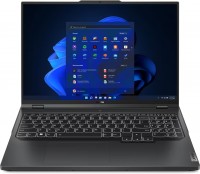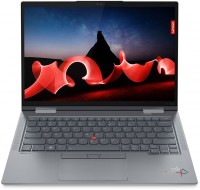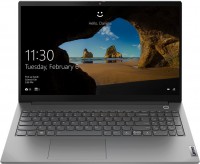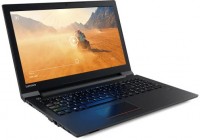Laptops Lenovo series IdeaPad (gaming)
IdeaPad Gaming
In 2019, Lenovo seriously updated the IdeaPad line of multimedia laptops. Previously, conventionally gaming models with discrete graphics cards were scattered across other multimedia lines, but now Lenovo has a separate series of entry—level gaming laptops — IdeaPad Gaming.
It includes medium-format gaming laptops with good displays for their price, a full-size backlit keyboard, good battery life and a balanced hardware configuration. Most often on the market there is a bundle of a Core i5 processor (or Ryzen 5) with 8 GB of RAM and a GTX 1650 Ti graphics card. A step higher are more nimble options based on Core i7 and 16 GB of RAM.
 |
That is, it is quite an optimal gaming bundle capable of producing 40-50 FPS at high graphics settings in a conditional Witcher, RDR2 or Cyberpunk 2077. Well, for online games, it's generally perfect. According to Steam statistics, it is on such by no means top-end "machines" that most PC gamers sit.
The key factor, as always, is the price. In the case of IdeaPad Gaming models, prices are in the "tasty" range from 700 to 1000 dollars. For this, I had to save on minor things like a pre-installed OS, acoustics from a well-known brand, a metal case or support for the Thunderbolt protocol. The displays also do not shine with quality, demonstrating average brightness and colour reproduction. And FreeSync and an increased refresh rate are not even in question.

